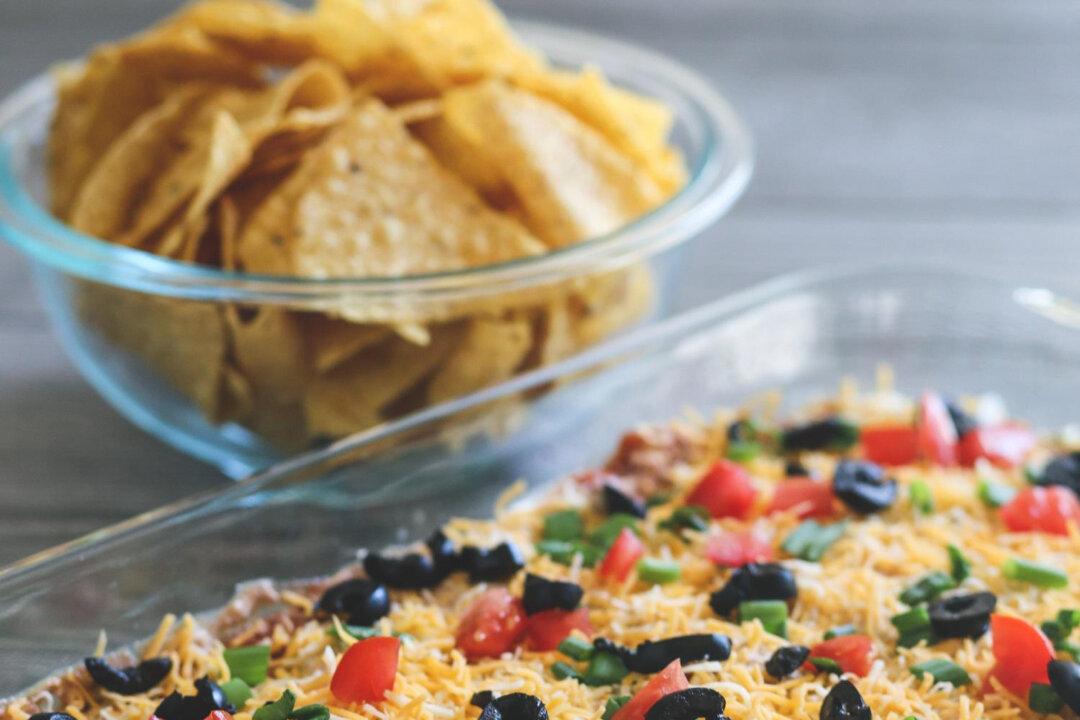Whether you’re a kid running barefoot to an ice cream truck or an adult looking to beat the heat with a bowl of strawberry custard, there’s something about ice cream that perfectly balances waves of nostalgia with showstopping flavor.
But when temperatures reach the high 90s, who wants to leave their home to pick up ice cream? Not us. When the heat becomes unbearable, knowing how to make ice cream from scratch is an invaluable skill.
We tracked down The Malek family, owners of the cult-favorite artisan ice cream company, Salt & Straw, and they’re spilling their coveted tips and tricks for nailing ice cream at home.
Cousins Kim and Tyler Malek launched their ice cream concept in 2011. For years, Kim dreamt of a place where her neighbors, friends and family could gather and spend time together. An ice cream shop — initially, a cart — was the obvious answer.
Tyler bought four used ice cream machines for $16 and spent hours coming up with flavor combinations. Some of his most out-there — and delicious — creations have included bone marrow and smoked berries, fish sauce caramel with palm sugar, mint and sea urchin meringues and dill pickle sorbet.
Today, Salt & Straw is an institution in Portland, Oregon, where its flagship shop is located. Currently, there are 26 locations across California, Washington, Oregon and Florida.
But if you’re not close to any Salt & Straw spots and you need ice cream ASAP, Tyler, the shop’s head ice cream maker, is here to help. You’ll be able to cross “make homemade ice cream” off your summer bucket list in no time with Tyler’s helpful tips:
Invest in the Right Equipment
You don’t need to run out to the store and buy the most expensive ice cream maker you see. According to Tyler, you can make deliciously smooth ice cream from home without a professional machine. For beginners, he suggests the Cuisinart ice cream maker, which you can find for under $70.





